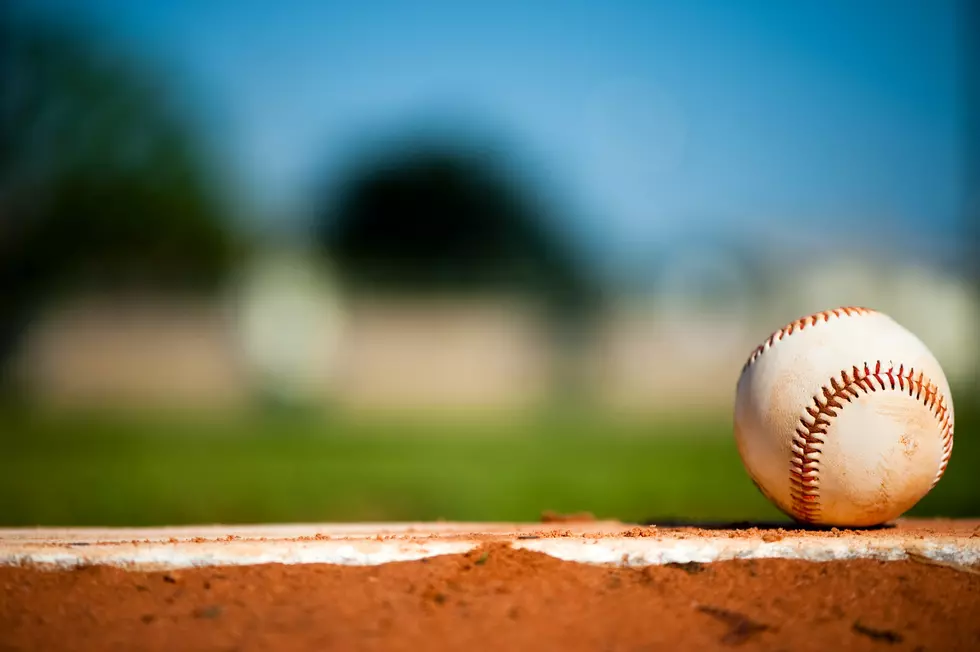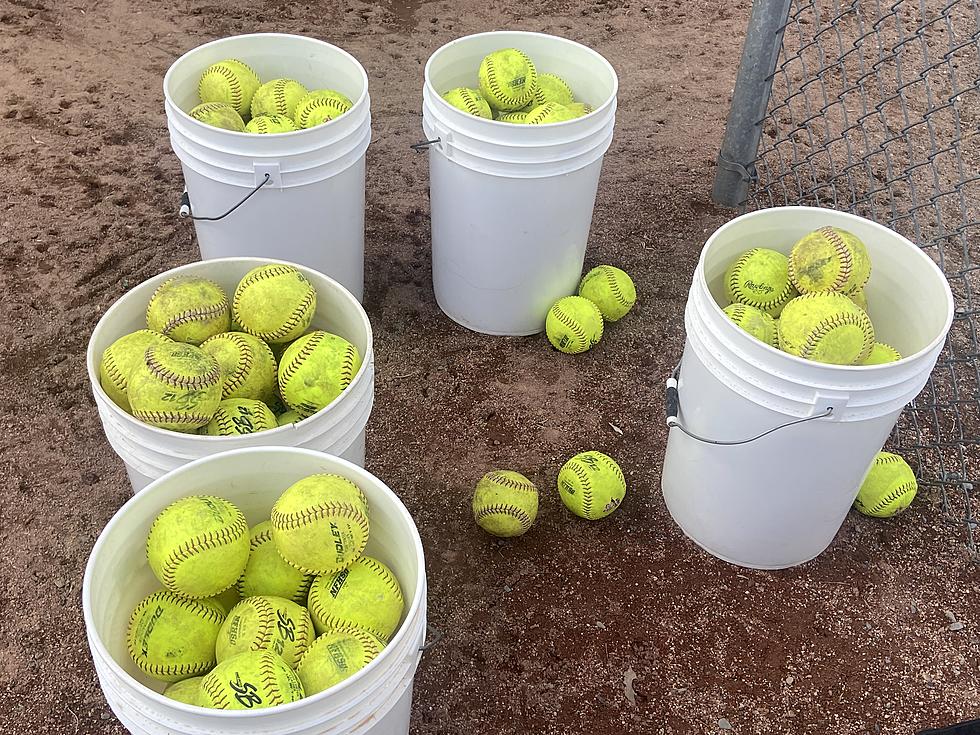
Athlete Health and Wellness: The Role of Nurses and Medics in Sports
This content was produced in partnership with Archer Education.
Nurses and medics are unsung heroes in sports. They ensure athletes stay healthy and perform at their best. Whether it's professionals or weekend athletes, nurses play a critical part in their well-being.
As healthcare demands grow, nurses become even more important.
This article highlights the essential role of nurses in athlete health. With many options, such as the hybrid ABSN available in Maine, there’s always a place to specialize in healthcare for athletes.
These dedicated professionals are essential for athlete well-being. This article will explore why sports medics matter. We'll see how they support athletes and why their expertise is a game-changer. Whether you're a fan or an athlete, medics are the unsung heroes ensuring safety and performance.
History of Sports Medics
Sports medicine traces its origins back to ancient Greece and Rome. There, the health and performance of young athletes were highly regarded. Using exercises to prevent and heal injuries started with physicians like Herodicus and Galen in the 5th century BC.
The field was significantly boosted in the late 19th and early 20th centuries. The Olympic Movement was revived in 1896, bringing more attention to sports medicine. This led to the creation of the first athletic medicine journal in 1922. Moreover, the formal organization of sports medicine was in 1924.
One critical milestone was organizing a team of doctors to travel with the 1968 Canadian Olympic team. It was their job to ensure the well-being of elite athletes, a practice that continues today.
Today, sports medicine is a highly specialized profession. It focuses on preventing and treating injuries, making it a crucial part of the athletic community.
Why is Sports Medicine Important?
Sports medics are revolutionizing athlete care by combining traditional medicine and natural therapies. This article focuses on the essential role of sports medics. Highlighting their expertise, education efforts, injury prevention, and cutting-edge treatments. They pave the way for the future of primary care in healthcare.
Recovery
Medics have seen the profound evolution of their field. They're growing with society's passion for sports and physical fitness. As the dedication to athletic pursuits has risen, so have sports-related injuries.
Yet, these injuries no longer have to translate to extended suffering. Nurses adopt a holistic approach to recovery. They encompass the physical and mental aspects of healing. They reduce pain levels and ease anxieties surrounding injuries or surgery.
Moreover, some athletes receive refined sleep patterns. Nurses work on an enhanced range of motion and quell inflammation. The combination of all this leads athletes back to peak performance and well-being.
Educators and Guardians
The role of medics and nurses extends beyond traditional medical practice. They are educators and guardians of athletes. These experts impart wisdom on pre-sport routines, in-game strategies, and post-sport recuperation.
Their primary focus is injury prevention. They equip athletes with the knowledge and tools to safeguard their well-being during training and competition. Patient education is the cornerstone of their profession. This ensures athletes can bounce back from injuries and learn to prevent them.
Injury Prevention
In sports medicine, the topmost priority is preventing injuries. These healthcare professionals have a range of specialties, like primary care sports medicine. They use their expertise to prevent advanced injuries.
They assess and treat musculoskeletal injuries, offering both immediate and sustained care. Athlete medics are also catalysts for collaboration. They work with coaches, trainers, and fellow healthcare providers.
This allows them to craft personalized treatment plans for athletes. By doing so, they speed up recoveries and reduce the risk of re-injury.
Cutting-Edge Treatments
The landscape of sports medicine is in a constant state of innovation. It remains committed to offering cutting-edge treatments that redefine traditional healthcare. Different treatments include platelet-rich plasma (PRP) therapy.
Its harnessing of the body's platelets for tissue healing has been groundbreaking. Similarly, shockwave and stem cell therapy are revolutionizing the healing process. They accelerate recovery and improve patient outcomes.
Conclusion
Sports medics are leading the way in healthcare, caring for athletes and non-athletes. Their commitment to injury prevention, access to new treatments, and role as educators make them the future of primary care. Athlete medicine continues to evolve. It's changing how we approach health and wellness. If you're curious about the possibilities that sports medics offer, connect with a medic today. They are at the forefront of innovation in primary care. With the well-being of athletes and individuals at the center of their mission.
More From 92.9 The Ticket








